On Sunday, August 7, 2022, David McCullough, passed away at his home in Hingham, Massachusetts. He was a popular nonfiction author and Pulitzer Prize-winner, known for making complex historical events accessible to the general population. He was 89.
McCullough covered a wide array of subjects, from the development of the Panama Canal and the Brooklyn Bridge to a historical profile of Harry Truman and a recap of the major events of 1776. The author was a firm believer in capturing these events through interesting, relatable, and teachable stories; otherwise, he said, “No harm is done to history by making it something someone would want to read.”
Though his work was criticized by leading historians in academic settings, accusing him of ignoring the more complex, nuanced issues of the subjects he was addressing, McCullough insisted otherwise. By focusing on more specific stories of the time, told through the lens of historical figures that his readers could relate to, McCullough believed he would be able to share a story that they would willingly read, enjoy, and share with others.
An explorer and storyteller of American history, McCullough was concerned with the shelf life of a story and how we continue living through others’ memories of us. He emphasized, “I do feel in my heart of hearts that if history isn’t well-written, it isn’t going to be read, and if it isn’t read, that history is going to die.”
David McCullough is deeply missed by millions of readers who read his books, listened to his portrayal of Ken Burns’ “Civil War” documentary, and learned something that they may have not gained from other historical texts. He wrote multiple award-winning books, including 1776 and The Path Between the Seas.
RELATED POSTS
10 Must-Read Political Biographies for History Buffs
10 Independence Day Reads to Celebrate 245 Years
Read, White, and Blue: Books About America
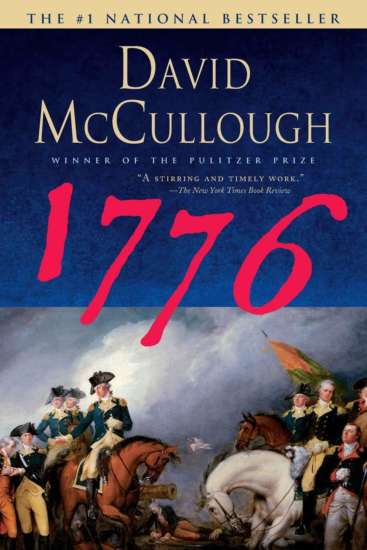
1776 (Simon & Schuster, 2006) by David McCullough
Inspired by the number seven in 1776, here are seven titles by David McCullough I feel you should not miss.
While writing a biography about John Adams, David McCullough realized there was more depth in what happened in the summer of 1776 in Philadelphia than the simple signing of a document. In addition to his John Adams biography, McCullough developed 1776 to deep-dive into that summer, the psyches of the figures who would sign the Declaration of Independence, and the tremendous pressure that was on the men fighting in the Revolutionary War.
McCullough explained that he decided to dedicate an entire text to 1776, because, “That was the low point of our fortunes, not just in the war, but, I think one can say, in the whole history of the country. The prospects of there even being a United States of America were never more bleak. Also, it was the year of the Declaration of Independence, [and] I realized that all they were doing there was theoretical and that the Declaration itself would have been nothing but words on paper had it not been for the people out fighting the war. Everything depended on them.”
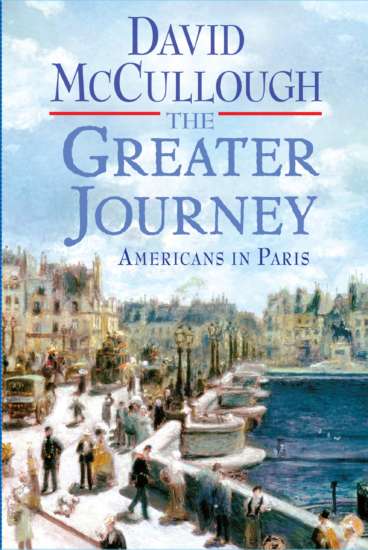
The Greater Journey: Americans in Paris (Simon & Schuster, 2011) by David McCullough
The Greater Journey was considered by some to be a deviation away from McCullough’s typical works, as it did not fall on U.S. terrain and did not feature some of the bigger historical names like Benjamin Franklin and Thomas Jefferson. But McCullough wanted to explore the untold story of 1830 to 1900, when many American artists, doctors, politicians, writers, and more traveled to Paris and accomplished acts that continue to impact US history.
Among them was Elizabeth Blackwell, the first female doctor in America, as well as artists Augustus Saint-Gaudens, Mary Cassatt, and John Singer Sargent, as well as author Harriet Beecher Stowe, who was being publicly ridiculed for her writing of Uncle Tom’s Cabin. In The Greater Journey, McCullough dives into the intimate details of these influential people’s lives, what inspired them to journey to Paris, and what their accomplishments there eventually meant for the United States (and continue to mean today).
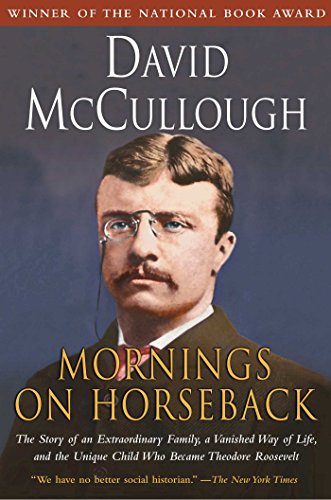
Mornings on Horseback: The Story of an Extraordinary Family, a Vanished Way of Life, and the Unique Child Who Became Theodore Roosevelt (Simon & Schuster, 1982) by David McCullo9ugh
A reader’s interest in prequels and what happened before the larger story is in no way limited to fiction, which McCullough understood in his writing of Mornings on Horseback, which examined the earlier years of 26th President Theodore Roosevelt’s life. Roosevelt is portrayed as a young boy who struggled with debilitating asthma attacks while in the presence of both of his parents, Theodore Roosevelt and Mittie Bulloch Roosevelt, who were viewed as invaluable members of their community.
The portrayal of Roosevelt and his family is all at once informative and inspiring, especially for readers who can identify with the need to discover themselves, to prove themselves in the face of greatness, and to overcome immense obstacles.
Mornings on Horseback won the Los Angeles Times 1981 Book Prize for Biography, and the National Book Award for Biography, and it was considered by Newsday to be “a masterpiece.” The New York Times Book Review similarly described the book as “a beautifully told story, filled with fresh detail,” which harkens back to McCullough’s mission to portray history as a story that people will want to read so that it is not forgotten.
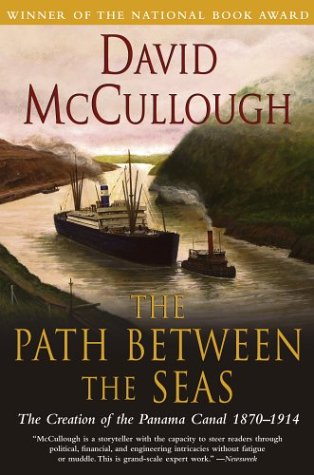
The Path Between the Seas: The Creation of the Panama Canal, 1870-1914 (Simon & Schuster, 1978) by David McCullough
The development of the Panama Canal opened up a whole new world of opportunities for international travel and country trade. The creation itself was not entirely glamorous, however, but filled with tragedy, struggle, and tremendous engineering feats.
McCullough depicted the creation of the Panama Canal much like a dramatic fiction story would read, including the trope of man against nature, man against man, and man impressively overcoming all obstacles. While we know that the Panama Canal was established and is now a successful trade route, the dramatic telling of McCullough’s story places readers on the scene of the development, surrounded by troubled waters, falling rocks, competing developers, and intense political strain.
The Path Between the Seas is an immense read not only for the importance of the historical event but for its length and extensive resources. The book is just shy of 700 pages at 698 pages and features 80 photos, two maps, and an in-depth resource section.
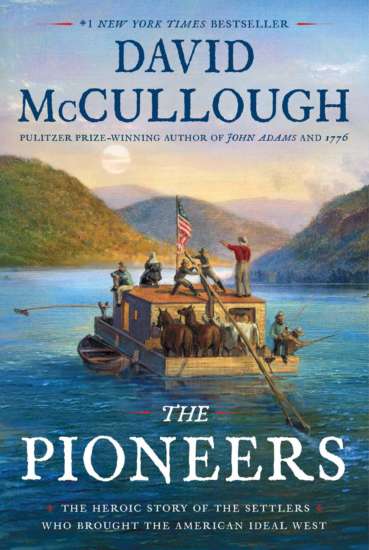
The Pioneers: The Heroic Story of the Settlers Who Brought the American Ideal West (Simon & Schuster, 2020) by David McCullough
After Great Britain recognized the United States of America as an independent state in the signing of the Treaty of Paris, they also ceded the Northwest Territory of the country, which would eventually become Indiana, Illinois, Ohio, Michigan, and Wisconsin. The Pioneers details the life of Massachusetts minister Manasseh Cutler, who traveled with his family alongside Revolutionary War veteran, General Rufus Putnam, and his son to begin the settling and development of the land northwest of the Ohio River.
Struggling against the natural elements, native wildlife, and the Indigenous people who already lived in the area, The Pioneers portrays not only the American development of the territory but also depicts two families succeeding against all odds.
This book is told largely through a private collection of diaries, which contained prejudiced and problematic views of Indigenous people, but the book remains an important study of the pioneers’ move into the trans-Appalachian West.
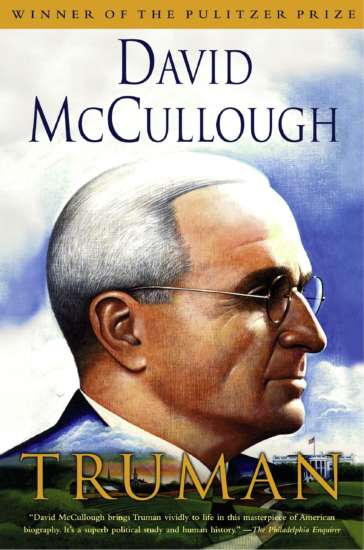
Truman (Simon & Schuster, 1992) by David McCullough
The presidential run of Harry S. Truman did not just overlap two centuries, but his presidency included more major historical events than any other US President to date. Truman was responsible for making the decision to drop the atomic bomb, for confronting Stalin at Potsdam, and sending troops to Korea, to name a few of his known acts.
But what was not so known was who Truman was behind the Presidential facade the public witnessed. With the immersive study of archival materials, intimate interviews with Truman’s friends, family, and political colleagues, and other sources written by Truman himself, McCullough was able to piece together a telling and intimate portrayal of one of the most memorable and controversial Presidents in current US history.
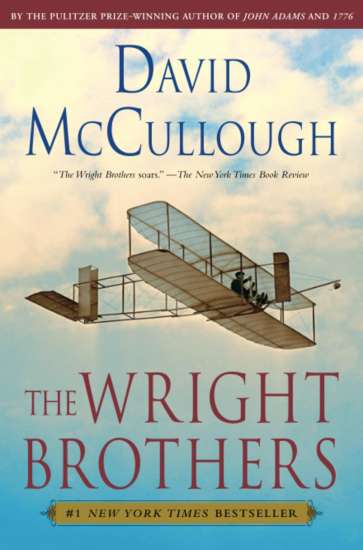
The Wright Brothers (Simon & Schuster, 2015) by David McCullough
Orville and Wilbur Wright have long been known as “the Wright Brothers” and as “the boys who taught the world to fly,” but there was little information in any history book that detailed the extreme dedication these men portrayed in their pursuit of creating the first effectively flying plane.
With the assistance of family documents, heirlooms, and mementos, McCullough was able to create a breathtaking, suspenseful, and inspiring story of two brothers, with only high school degrees, ingenuity, a fascination with mechanical engineering, and a certain level of genius behind them.
McCullough also depicted detailed the Wright brothers’ family, with particular emphasis on their sister, Katherine, who made many of their feats possible. In a dramatic emotional story, McCullough created a lively rendition of the brothers from North Carolina who developed the first airplane that would lead the way to the first airplane large enough to carry passengers to the far-off destination of Tampa, Florida, in 1914.

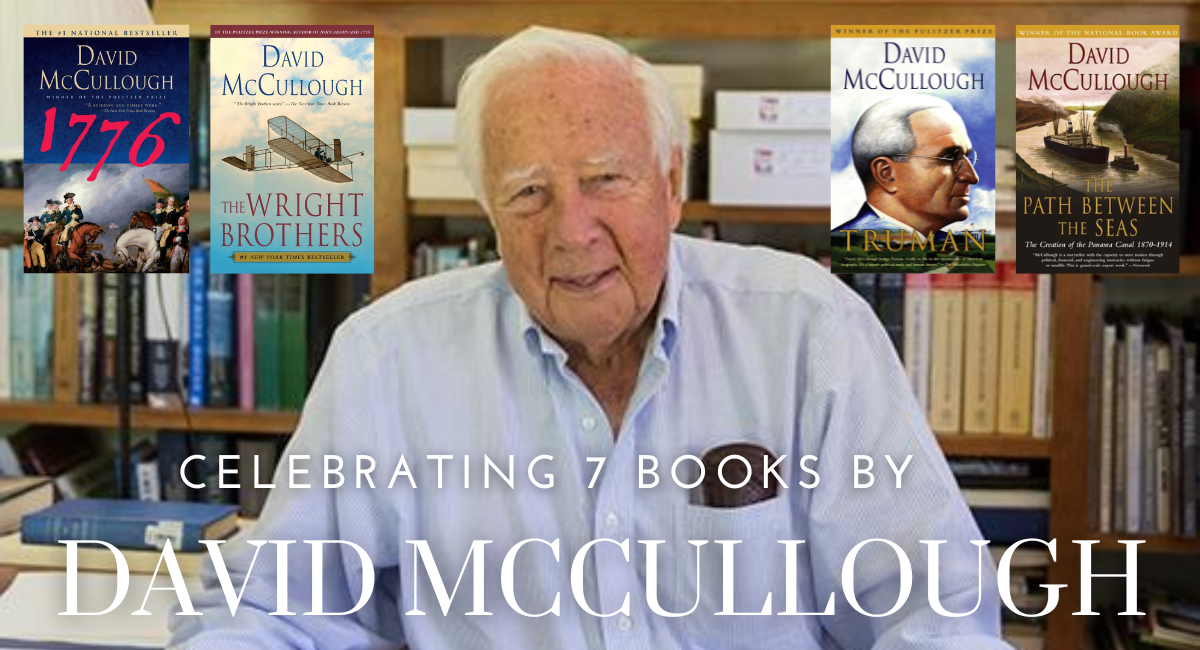




How wonderful to read this amazing tribute. The true definition of a real “gentleman “. I’m a better person having known him and his beautiful family.